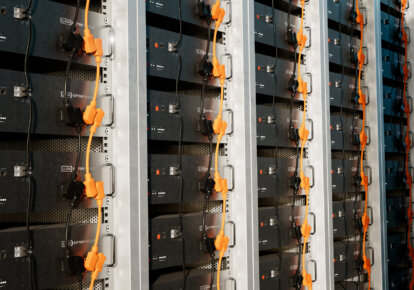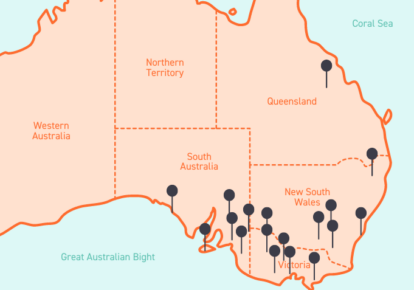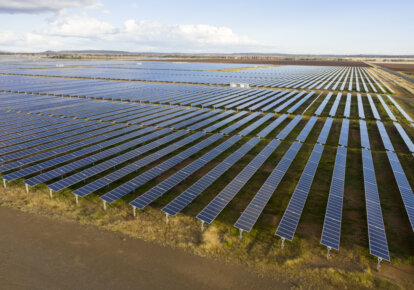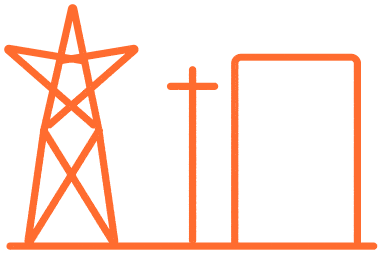Critical peak demand explained
What is critical peak demand?
Critical peak demand refers to periods when AusNet expects electricity demand within the network to be at its highest. When these critical peak demand periods occur, the demand strain can reduce the stability of the grid and the network. This typically leads to elevated prices, and if demand isn’t effectively reduced, it can lead to power outages.
When do critical peak demand periods occur?
The highest electricity demand often occurs on summer weekday afternoons, when extreme heat leads to increased cooling demand, typically between 3pm-7pm AEDT. This increased cooling demand can disrupt the balance of supply and demand within the grid.
AusNet prepares for these periods of peak demand by selecting 5 critical peak demand windows between 1st December and 31st March each year.
How is peak demand managed?
Demand can be managed in many ways, including carrying out upgrades to the network to help increase overall capacity. However, there are also non-network options to help reduce demand during peak times, including:
- customer demand response strategies
- embedded generation
- mobile generation
- grid-scale and behind-the-meter energy storage
- tariff strategies
How does a critical peak demand tariff affect my business?
If your business is on a critical peak demand tariff, your electricity usage will directly affect the network charge on your bill for the year.
If you don’t reduce your usage during the critical peak demand window, your business will be subject to a higher monthly CPD charge. However, if you successfully reduce your usage for the duration of the critical peak demand window, AusNet will lower your monthly CPD charge.
How can my business avoid critical peak demand windows?
Business can participate in demand response strategies to avoid using energy during critical peak demand windows. This could be done by:
- Switching to another form of electricity supply, such as a generator or battery storage
- Shifting energy intensive operations to a time period outside of the CPD window
- Scaling back or shutting down production during the CPD window
It’s important to ensure you respond before the start of the window – maximum load reduction should be underway when the CPD window begins. For some operations, beginning the response at 3pm may be too late.
Who is eligible for a critical peak demand tariff?
If your business uses more than 160 MWh of electricity annually and you are assigned to a CPD tariff, you are already part of the program. If you’re unsure, contact your dedicated account manager who can advise which tariff your business is on.
Will I see a reduction on my bill for reducing usage during critical peak demand?
The CPD charge forms a part of the total network charge shown on the bill issued by Flow Power. If your business participates in the GoodGrid CPD Program, you will not see the reduction referenced on your bill, however your CPD charge will be lower than it otherwise would have been, and your network charge will be lower.
How will I be notified of a critical peak demand day?
If you register your mobile number with AusNet’s GoodGrid CPD program, you’ll receive SMS notifications about CPD days. You will be notified about potential CPD days up to 7 days before an event and receive a notification by 2:00pm AEDT 1 business day before a declared CPD day.
Flow Power’s demand response team will also notify you of these events if you have signed up to receive alerts from us. If you would like to receive alerts from us but haven’t signed up, please contact your account manager.
How is my critical peak demand charge calculated?
AusNet records your maximum electricity demand during each of the 5 CPD windows. It will use the average of those 5 maximum demand recordings to calculate your CPD charge. AusNet only measures your demand within the CPD window, which is usually betwen 3pm-7pm AEDT (or 2pm-6pm on your meter).


We’re here to help.
If you’re an existing Flow Power customer, please reach out to your dedicated account manager.
If you’re not a Flow Power customer, contact our friendly team today.










